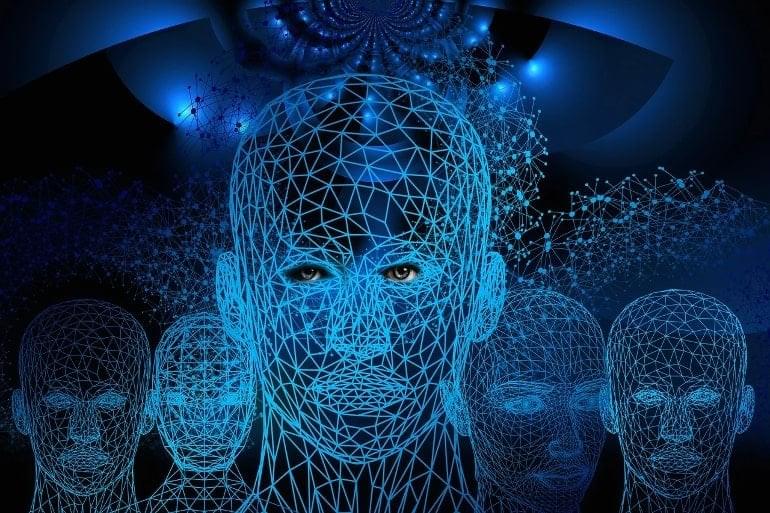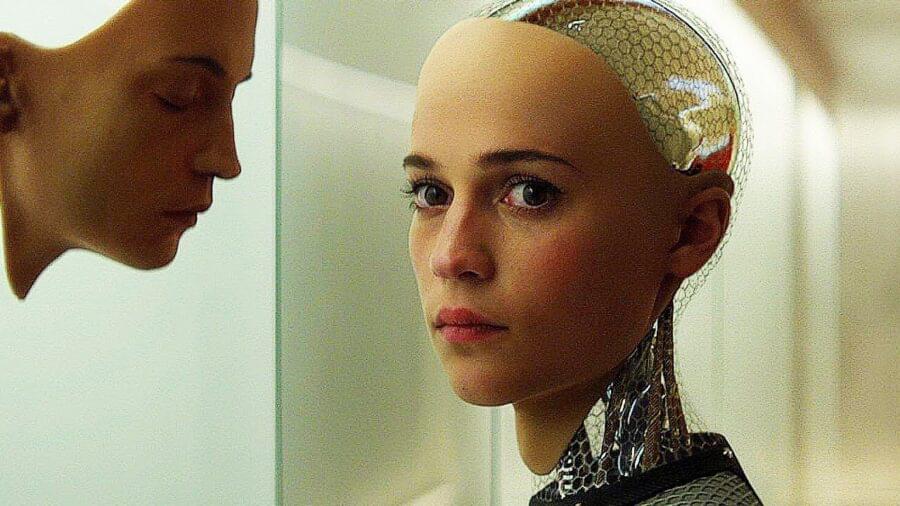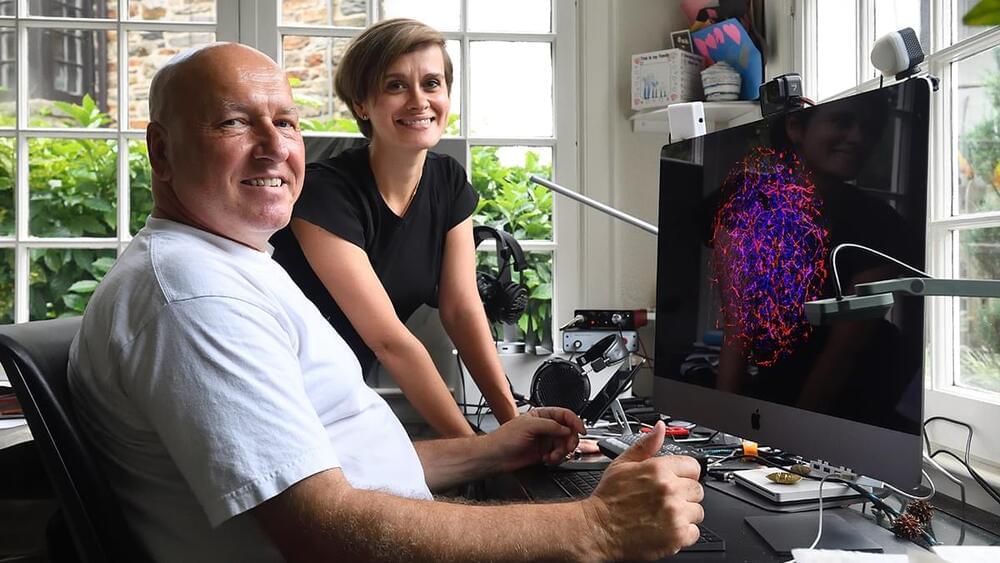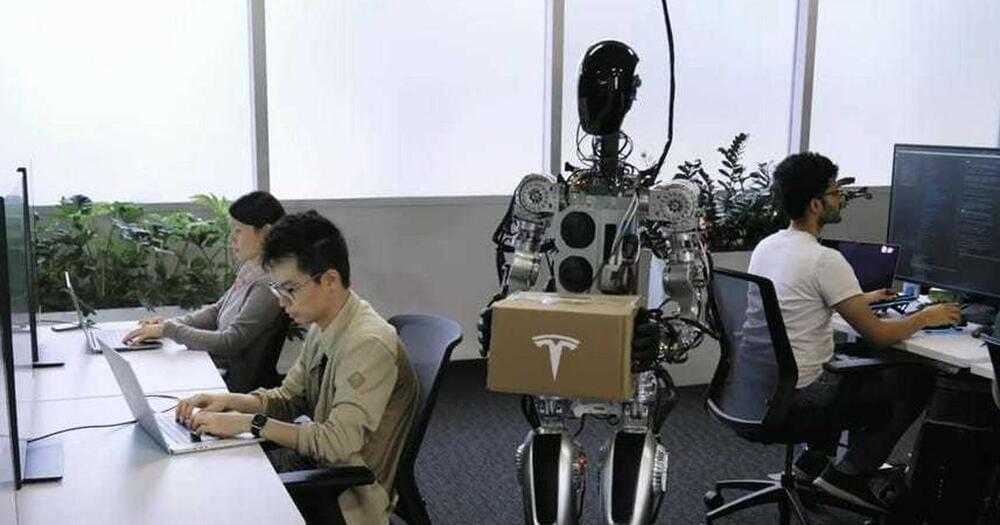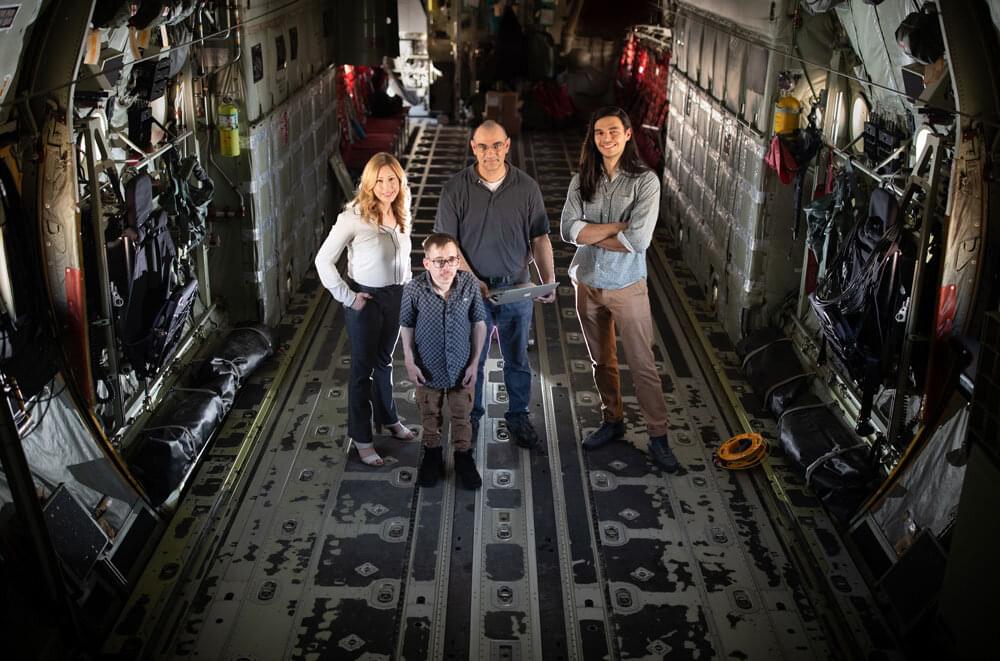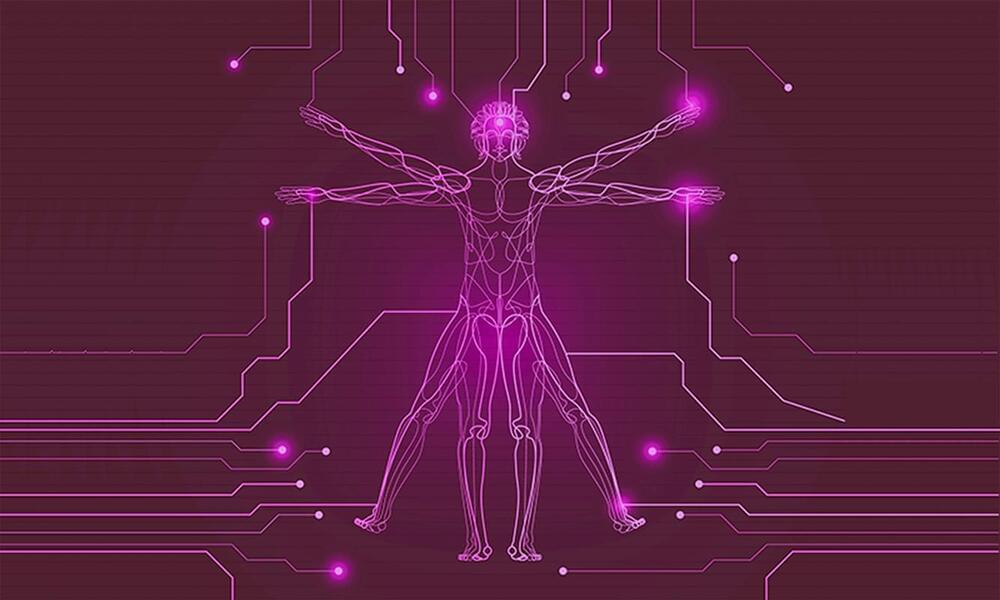Summary: Using AI, researchers identified Probucol, an existing anti-cholesterol drug that promotes the disposal of mitochondria, as a potential new therapy for the treatment of Parkinson’s disease.
Source: PLOS
The words that researchers use to describe their results can be harnessed to discover potential new treatments for Parkinson’s disease, according to a new study publishing March 2nd in the open access journal PLoS Biology by Angus McQuibban of the University of Toronto, Canada, and colleagues.
